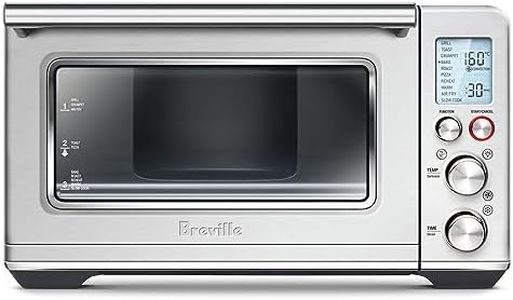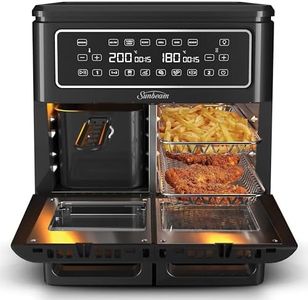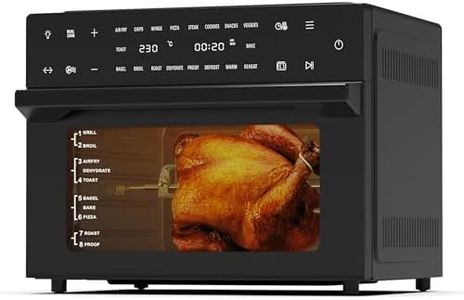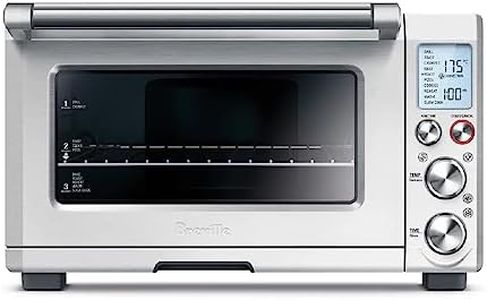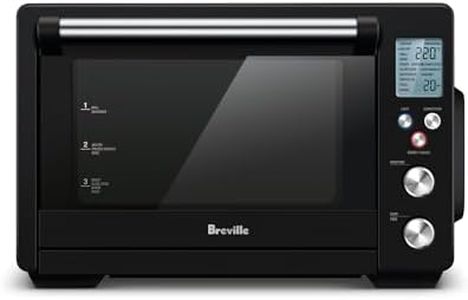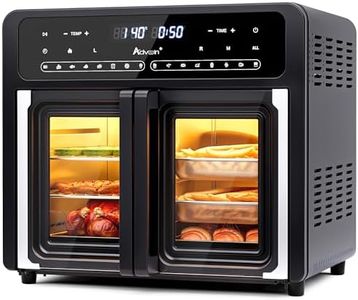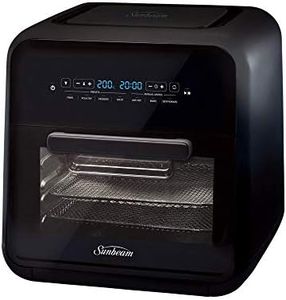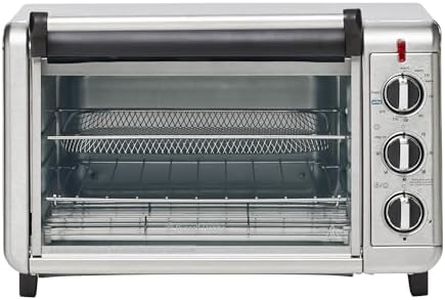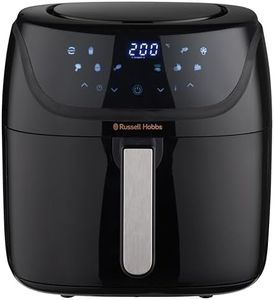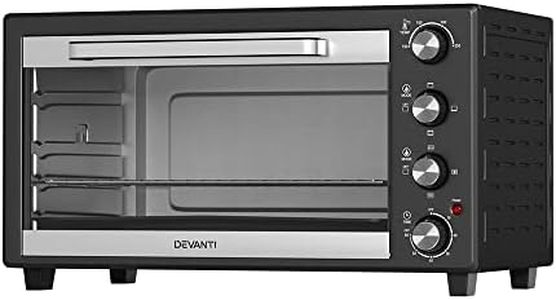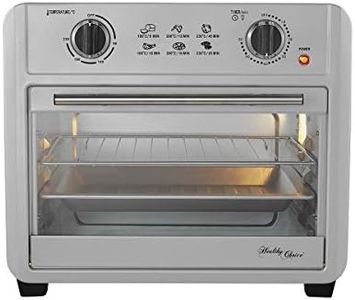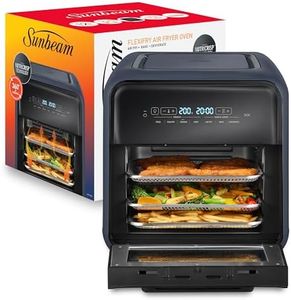We Use CookiesWe use cookies to enhance the security, performance,
functionality and for analytical and promotional activities. By continuing to browse this site you
are agreeing to our privacy policy
10 Best Mini Ovens
From leading brands and best sellers available on the web.By clicking on a link to a third party's website, log data is shared with that third party.
Buying Guide for the Best Mini Ovens
Choosing the right mini-oven can make a big difference in your kitchen, especially if you want a compact solution for baking, roasting, grilling, or toasting. Before making a choice, think about what you'll use it for most often and where you'll keep it. Consider your cooking habits, kitchen space, and the types of food you like to prepare. A mini-oven can be a flexible tool or even function as your main oven in small kitchens, so it's wise to pick one that best fits your needs rather than simply going for the biggest or fanciest.CapacityCapacity refers to how much food the mini-oven can hold at once, usually measured in liters. This is important because it determines how big your meals can be and whether you'll be able to cook for just yourself or for more people. Small capacity mini-ovens (up to 15 liters) are suitable for single servings, snacks, or small dishes. Medium capacity (15-25 liters) offers enough space for small casseroles or a pizza. Large capacity (25 liters and above) lets you roast a chicken or prepare meals for a small family. When deciding, think about your portion sizes, how many people you usually cook for, and whether you want to use the oven for main meals or just reheating and snacks.
Power (Wattage)Power, expressed in watts, indicates how fast and efficiently the mini-oven can heat up and cook your food. Low power (under 1000W) ovens usually cook more slowly and may struggle with heavier tasks like roasting. Medium power (1000-1500W) is suitable for most everyday needs, offering a good balance of speed and efficiency. High power (over 1500W) heats up quickly and handles bigger or denser foods well. If you plan to cook heavier meals or want to save cooking time, higher wattage is generally preferable. However, if you are only reheating or toasting, lower wattage may be sufficient. Your choice should reflect the types of dishes you make most often.
Heating FunctionsHeating functions refer to the different ways the mini-oven can cook food, such as bake, grill, toast, or convection (fan-assisted). Basic models offer only a few modes, while advanced ones might have settings for pizza, rotisserie, or defrosting. If you only need to bake or toast, simple models will do. But if you want flexibility for grilling or baking different types of food, look for more functions. Assess your cooking style—if you enjoy trying diverse recipes, opt for an oven with multiple functions to get the most versatility.
Temperature Range and ControlTemperature control determines how much flexibility you have in cooking different foods. Some mini-ovens offer a simple low/medium/high dial, while others let you set a specific temperature, usually between 100°C and 250°C. A broad temperature range allows for more versatile cooking, like slow roasting or high-heat baking. If you make a variety of foods or want to experiment, opt for precise and adjustable temperature controls. On the other hand, if you just want straightforward heating for simple dishes, basic controls may suffice. Match this feature to your cooking ambitions.
Size and FootprintSize and footprint refer to how much space the mini-oven will occupy on your countertop. This is important if you have limited kitchen space or want your oven to fit in a particular spot. Smaller ovens are easier to move and tuck away, but can cook less at once. Larger ones offer more cooking space but need more room to use. Measure the area in your kitchen where you want to place the oven, and pick a size that fits comfortably while still meeting your cooking needs.
Ease of CleaningEase of cleaning is about how simple it is to keep your mini-oven clean after using it. Some models have removable crumb trays and non-stick interiors, making it easier to wipe away spills and crumbs. Others may have awkward corners or fixed parts that make cleaning harder. If you plan to use your oven often, especially for messy foods like cheese or sauces, look for features that simplify cleaning. If you will use it only occasionally, this may be less of a concern, but it's always good to think about maintenance.
Timer and Auto Shut-offA timer allows you to set cooking times, often with an automatic shut-off when time is up. This is especially helpful if you tend to forget things in the oven or like to multitask. Some ovens include a loud bell, while others are more basic. For anyone who wants extra safety or convenience, a timer is a very useful feature. Consider how organized you are while cooking and how closely you like to monitor your food. If you like things to be hands-off, look for a reliable timer and shut-off.
